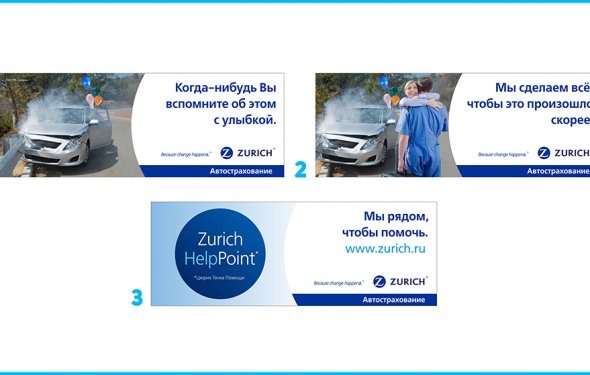Internet Banners

Banner advertising and contextuality are now the most common forms of Internet relay.
Banner Internet relay is also often referred to as media, as it is the posting of text-graphic materials on advertising sites. Banner advertisements appear to be advertised in the print media on a number of grounds, but their exposure is much broader.
The banner (angl. banner), i.e. a graphic image of an advertisement that contains animated elements and is a hyperlink to a certain web page, is the information carrier.
Traditional banners were graphical images in GIF or JPEG format, and modern ones were produced in Flash or Java technologies. They create animation and audible effects that increase the efficiency of the banner as an advertiser.
Distributed formats for banners: 468x60 (long banner or “classical”); 100x100 (reg. 125x125, 120x120); “cushions” - single-track banners, are usually located in the upper part of the page, almost always by a group of 3-4 banners horizontally or vertically; 468x15 - “textussis” (cluster textiles)
Main tasks of the banner
♪ To attract attention (primary and necessary effect of placing the banner).
♪ To raise interest in the subject matter of advertising (text effect, impossibility element).
♪ To encourage action (purchase of goods or services on the website is the ultimate goal of advertising).
The display of the banner, like the text message, can be static, dynamic, contextual (context banner ad) or thematic.
But it should be noted that banner advertising has a more not-produced but simulative effect (through its visual visibility) and is one of the most popular and effective ways of attracting visitors to the site.
Banner advertising also needs to be mentioned as banner networks that demonstrate. ♪ ♪